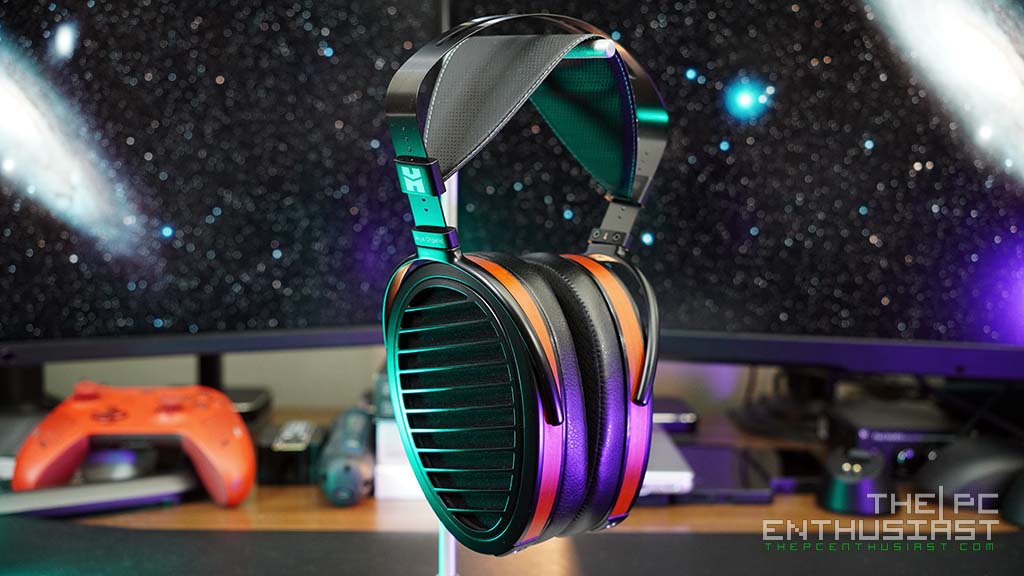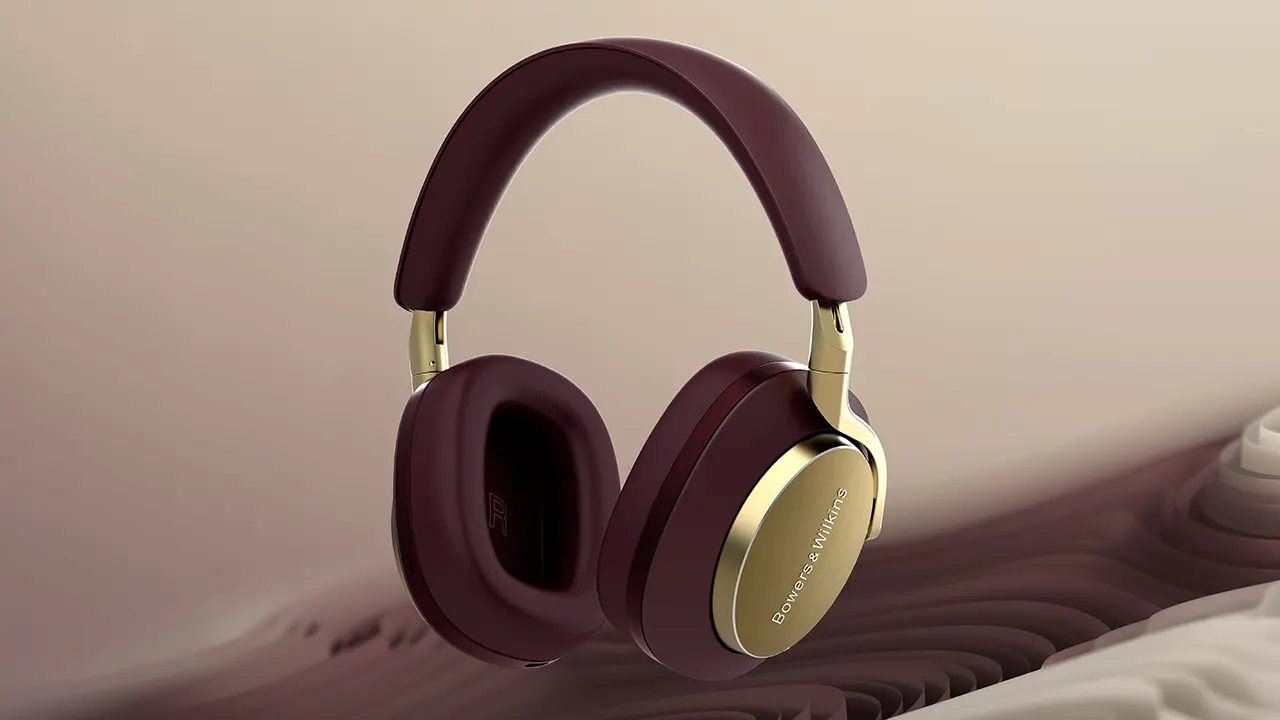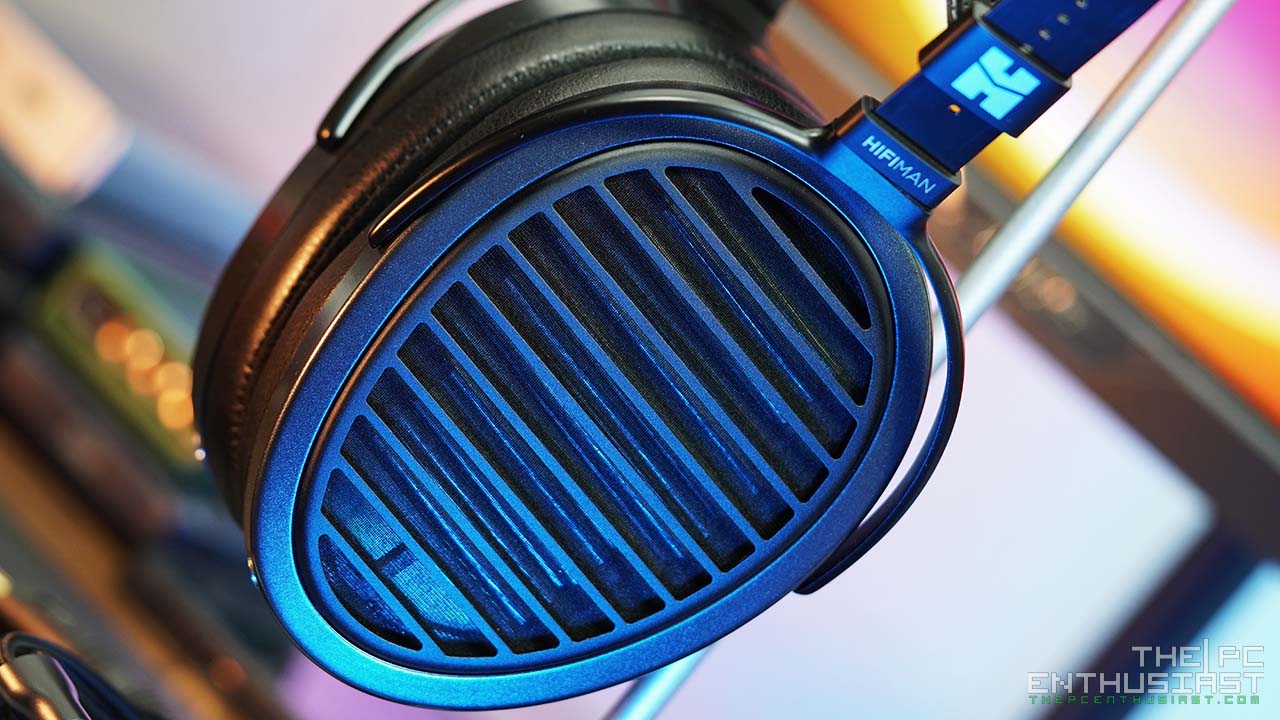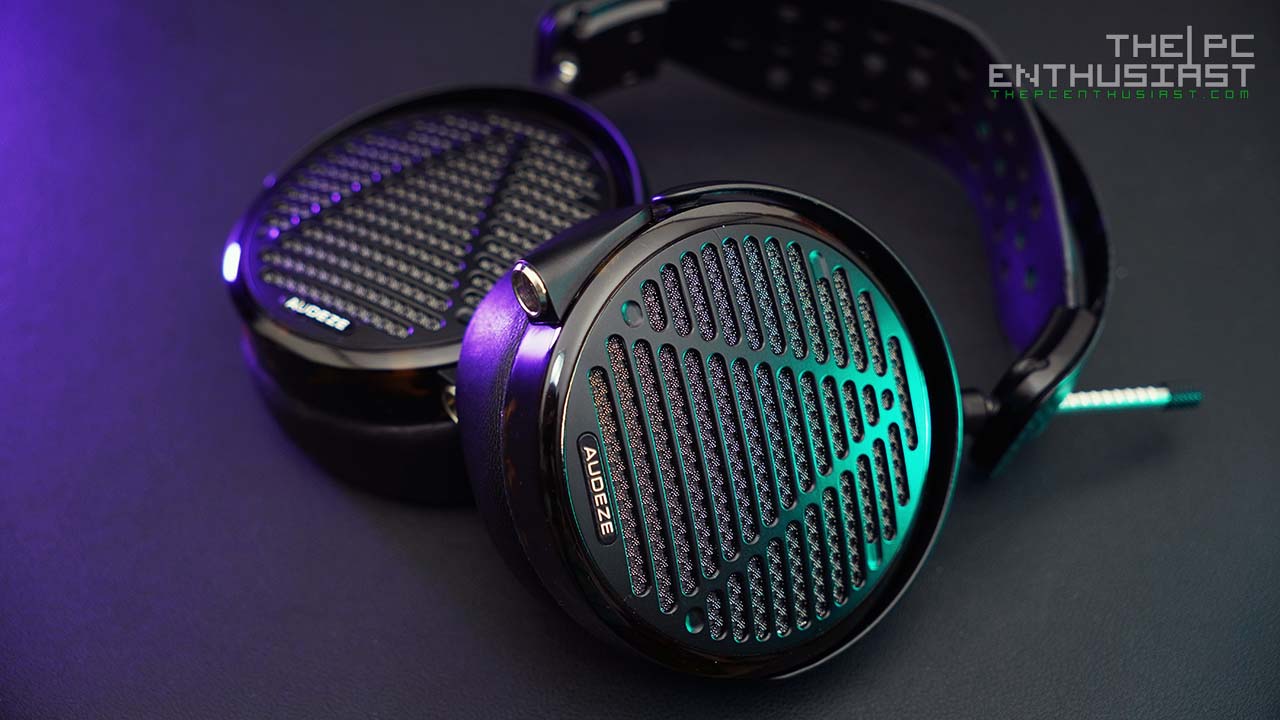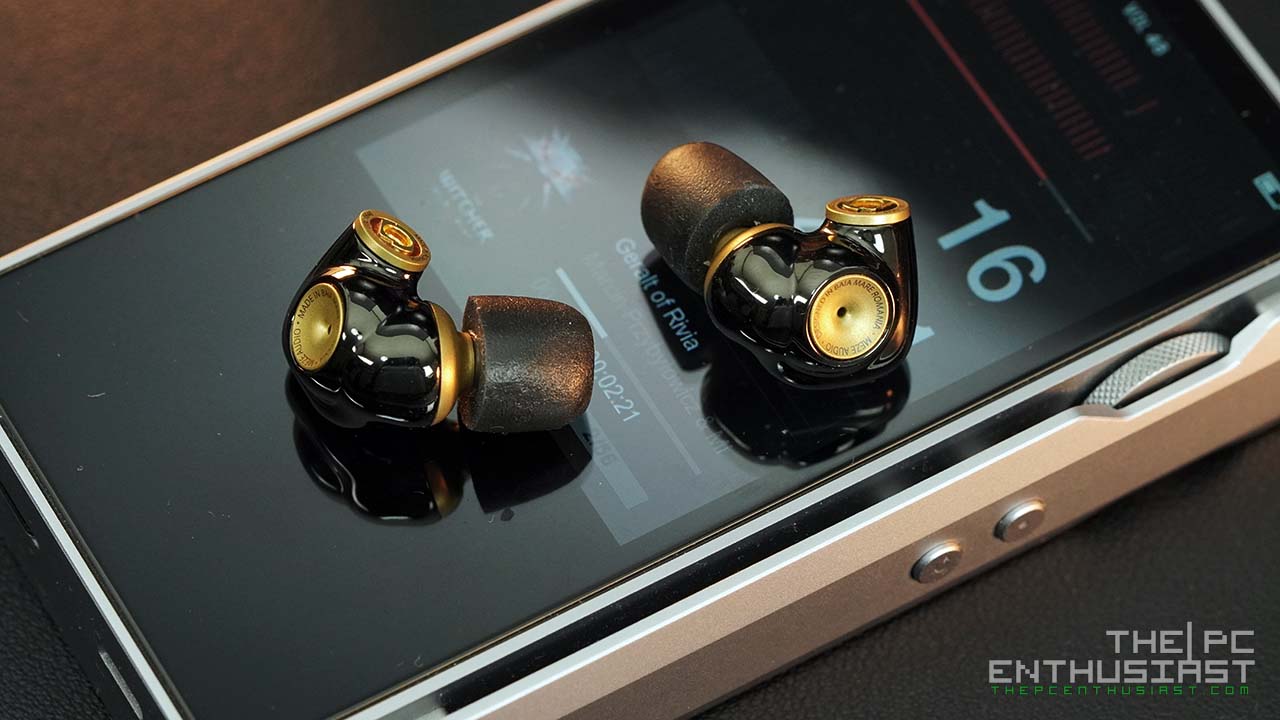The Philips Fidelio X2 was one of the most popular open-back headphones in the market. Not only that it was enjoyed by music lovers, but gamers as well. The X2 series has been around for quite some time now and many were anticipating a successor. Late last year, Philips released the Fidelio X3 open-back headphone. The X3 is quite different from the X2, not only in terms of design but sound characteristics as well. In this Philips Fidelio X3 review, find out why I think the X3 is different and not a successor to the X2; and find out if this headphone is for you.
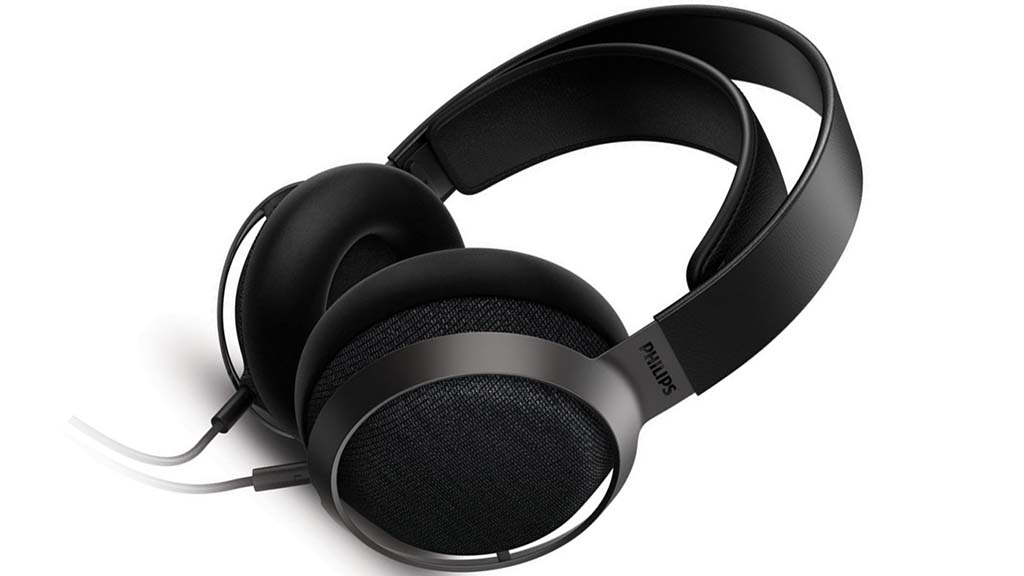
Philips Fidelio X3 Headphone Review – This is Different!
When Philips released the Fidelio X2, the company didn’t stress who that headphone was for. They just labeled the Fidelio X2/X2HR as high fidelity and high-resolution headphone. The X2 became a popular headphone amongst gamers thanks to its open-back design and V-shape sound characteristics.
Meanwhile, the Philips Fidelio X3 is marketed towards “serious listeners” and dubbed as an audiophile-grade open-back headphone for music lovers and audiophiles. Based on the marketing materials alone, I guessed that the sound signature of the X3 will be different from the X2. And this makes the X3 not a successor of the X2.
The Fidelio X3 also uses a 50mm neodymium driver size, but it’s tuned and designed differently. It is tuned in such a way that it would offer a “wide and natural soundstage with uncolored sound”. The driver is also composed of multiple polymer layers that are filled with damping gel offering a “balanced” sound.
According to Philips, the Fidelio X3 is designed to offer impactful bass without being overpowering; full and smooth midrange, and detailed high frequencies. Meanwhile, below are additional specifications of the X3. After that let’s take a closer look and share my subjective listening experience.
Philips Fidelio X3 Specifications
| Acoustic system | Open |
| Type | Dynamic |
| Diaphragm | LMC |
| Magnet type | Neodymium |
| Speaker diameter | 50 mm |
| Distortion | <0.1% THD |
| Sensitivity | 98 dB @ 1mW |
| Maximum power input | 100 mW |
| Impedance | 30 Ohm |
| Frequency response | 5 – 40 000 Hz |
| Dimensions (D x H x W) | 11cm x 23cm x 19cm |
| Weight | 0.38 kg |
Check the latest pricing and availability of the Philips Fidelio X3 on Amazon.com here
Packaging and Closer Look
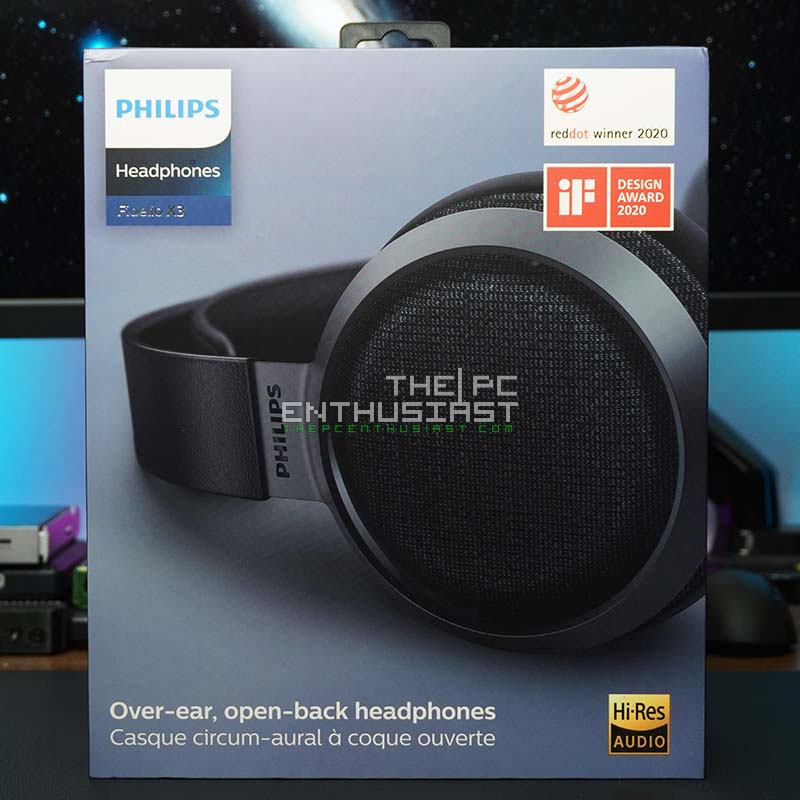

It seems that Philips is using a different and uniform color scheme and box art for their newer headphones. If I am not mistaken the X2/X2HR came with a similarly-sized box but with a black color scheme. Philips is also using the same color theme with its 9000 series headphones; specifically, the TAH9505 which we will be reviewing as well.
Accessories
Included in the box are some reading materials and illustration regarding the use of cables. That’s because there are two sets of Oxygen-free cables; one is a 3.5mm unbalanced single-ended cable and the other is a 2.5mm balanced cable. You also get a 3.5mm to 6.3mm adapter and a cable management clip. Philips included a cable management clip because the cables are long, like 3 meters long.
Depending on your setup, a 3 meter-long cable may be useful for you. However, I simply find it way too long and unnecessary, especially the 2.5mm balanced cable. I think most people who use the balanced output don’t need a very long cable; though your mileage may vary. It’s either I use the balanced plug on my DAP (digital audio player) like the Opus#1, or the DAC/AMP that is sitting on my desktop just right in front of me.
Philips didn’t include any (hard) casing for the Fidelio X3. Instead, you only get a cloth bag which is quite thin. It definitely won’t be able to protect the X3, but it could prevent it from getting dirty or scratches. You might want to get a sturdy headphone case from a third-party company. Be sure to double-check the dimensions since the X3 doesn’t fold and it is a full-sized headphone.

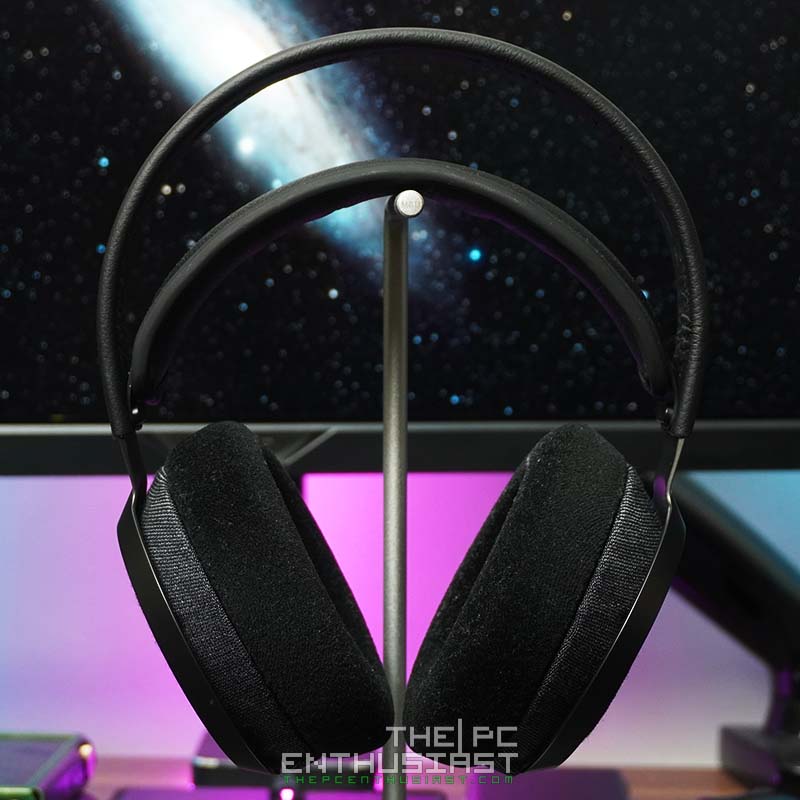
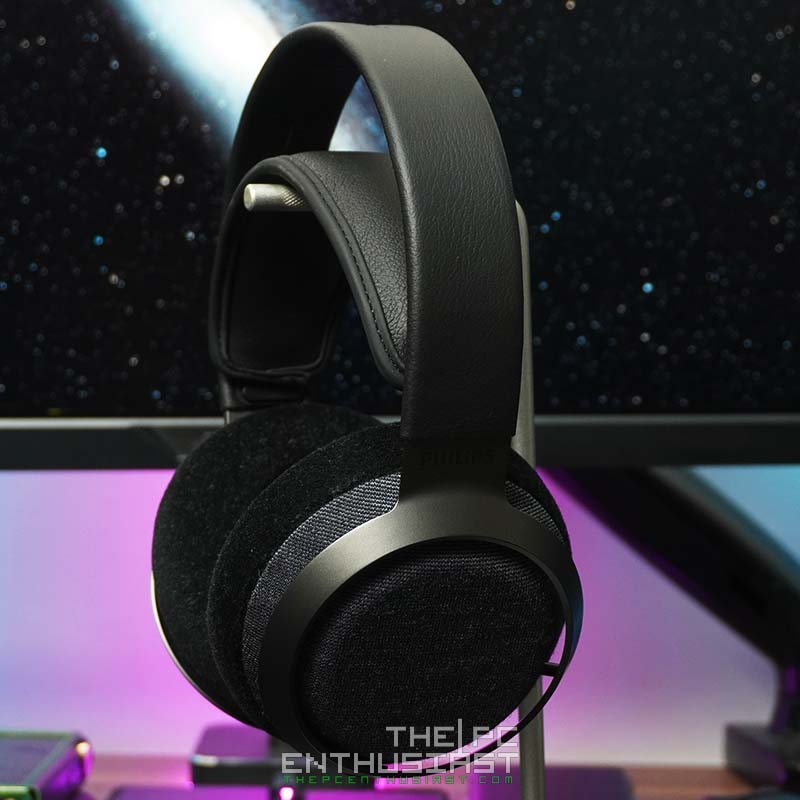
The Design
The Fidelio X3 has a similar headband suspension design to the X2. I like this kind of headband design since it can distribute the weight of the headphone evenly across the top of my head. However, I find that the suspension is a bit stiff and the padding a bit thick.
Looking at the X3, the most prominent materials are leather, fabric, and velour pads. Philips is using a black Muirhead Scottish leather that covers the inner and outer headband. This is much better than faux leather since it will not peel off and will last for years.
Philips is also using a Kvadrat fabric that covers the ear cups. You won’t be able to see the honeycomb holes on the earcups, but you can feel the holes underneath the fabric. And finally, the X3 uses removable velour earpads. Philips seems to be using proprietary pads since there are “alignment guides” underneath.
While I think that memory foam is a must for earpads, I’m not a fan of the velour material. It’s a (very) dust and lint magnet and it doesn’t offer a good seal compared to leather earpads. However, the velour is (more) breathable compared to leather pads, and it is also generally comfortable compared to the latter.


On top of the headband, you can see the “Fidelio X3” debossed on the leather. A circular metal ring holds the ear cups via a “pole” or “arm” in the midsection, and it does offer a little amount of tilt (up or down). The yoke or ear cups can’t be swiveled, but the metal headband is flexible enough.
Underneath each ear cup, you can see the left and right 3.5mm ports for the audio cable. There is no locking mechanism, but it does hold the plugs firmly. The cables won’t be disconnected easily or accidentally unless the cable is pulled with enough force.
Fidelio X3’s Structure

I didn’t disassemble the Fidelio X3, but above you can see what each ear cup is made of. There are four main layers: the removable velour pads; the driver section; the honeycomb ear cup; and the Kvadrat fabric covering the ear up.
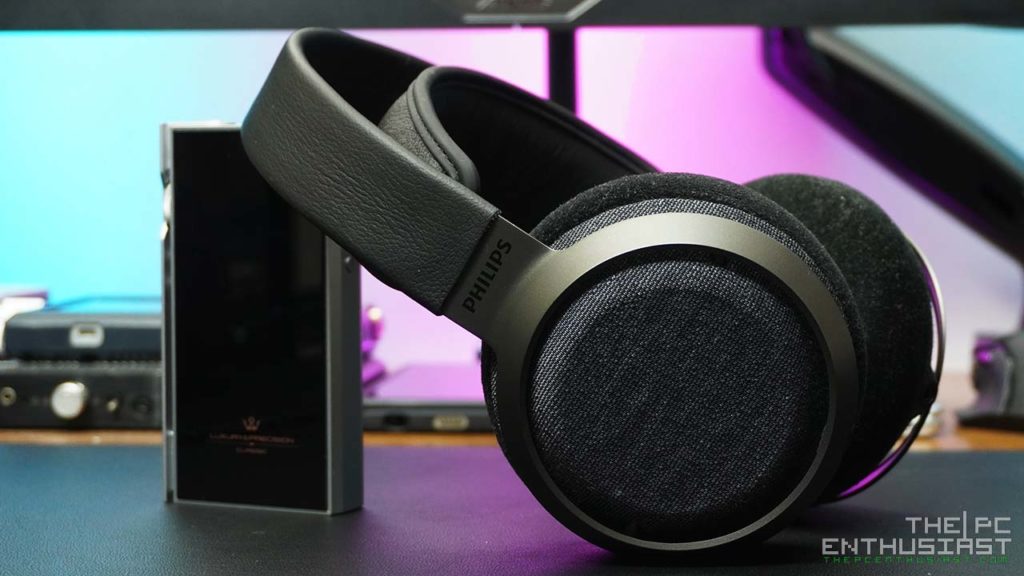
Overall Build Quality and Comfort
Like I mentioned earlier, the headband is flexible and the clamping force is not that strong. Unlike other headphones, the X3 doesn’t collapse or fold. Instead, the inner headband support can be adjusted depending on the size of the head. It fits nicely on my head but I find the padding on the inner headband a little bit thick. Although, your mileage may vary and you may prefer a thicker pad.
The Fidelio X3 is only 380 grams, so it is not heavy on the head. It is comfortable to wear and the clamping force is just enough; not too strong or not too loose. Again, I am not a fan of velour pads since it doesn’t offer a good seal compared to leather pads. But they are comfortable and not hot on the ears.
Overall, the build quality of the X3 is good. The headband and frame are metal, but the ear cups are plastic. I’m not worried about the leather peeling off since it is real leather. However, the cloth covering the ear cups can get damaged easily. Not to mention both the cloth and velour pads are dust and lint magnets.
Philips Fidelio X3 Subjective Listening Experience
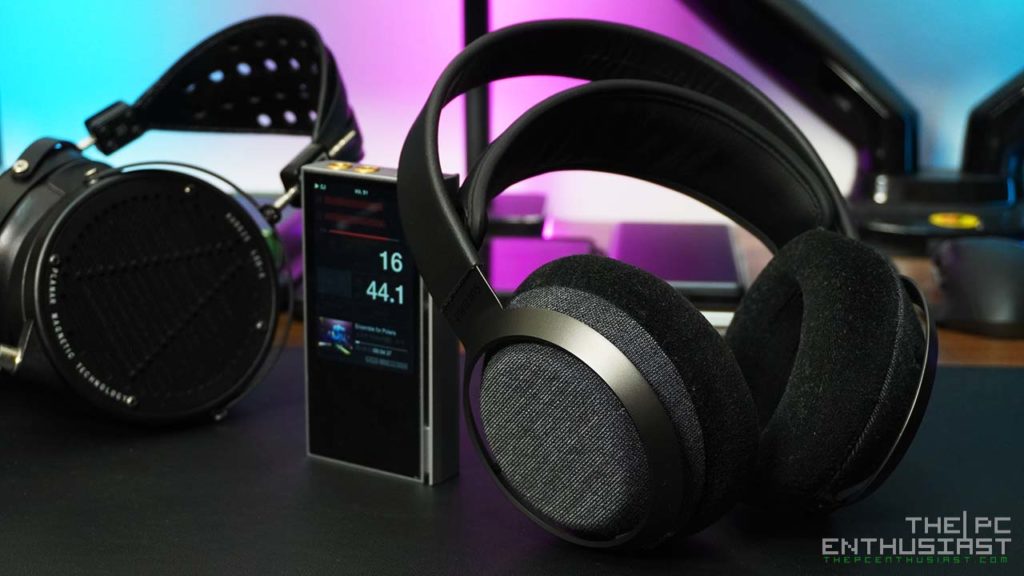
When I first listened to the Fidelio X3 right out of the box, I didn’t like what I heard. It was a bit “anemic”, flat and bright to my ears. For reference, I was using the Audeze LCD-X 2021 and LCD-GX before the X3. I figured that the X3 would need a good amount of break-in period before I listened to it again.
It took me several days to break in the X3 and I have been using this for more than a couple of months now. Honestly, I didn’t like how it sounded during the first few days. However, the sound did improve after breaking it in. After a couple of months, I think I understand why some people were disappointed with the X3, especially those who are coming from the X2.
I don’t have an X2 / X2HR, but I have listened to it before. The X2 has a V-shape sound signature with an emphasis on the lows and highs. The midrange wasn’t its forte and it wasn’t very detailed as well. But it was good enough for most gamers and for people who like a pronounced bass presence.
The Sound
The Fidelio X3 is (very) neutral, a bit flat with some amount of coloring. It is not a warm-sounding headphone or even warm-leaning. There is less bass presence and it will certainly disappoint those who are looking for some strong, punchy, or thunderous bass. However, it doesn’t mean that there’s no bass. It does have a good amount of bass and it is even well-controlled and can go deep. It’s just not bloated or (over) emphasized.
Philips is marketing the Fidelio X3 as an audiophile headphone. So, I was a bit expecting that it would somehow sound this way. Generally neutral and balanced. It also offers a good amount of detail, especially on the mid-range section. The midrange was not a strong point of the X2, but you can expect a better midrange presentation on the X3.
The X3’s midrange is not forward sounding or too intimate, and it doesn’t sound too far or too wide as well. However, I think the treble region or its treble accuracy could be its weak point. Depending on your preference, the X3 is a bit bright and can be a bit sibilant for some.
No Glorious Highs
Like I mentioned earlier, I have been using this for more than a couple of months now, so my ears may have already adjusted. This is not the brightest headphone I have tried. I’m pretty sure the Grado SR225e is brighter than this. But I don’t think the X3 has a good treble accuracy. Although the treble region isn’t overly emphasized, this is not the clearest, most detailed, nor “crispiest” highs I have listened to. It could use some (tuning) improvement.
When it comes to sound stage and layering, the Fidelio X3 doesn’t disappoint. Thanks to its open-back design, it sounds spacious, open, and wide. Imaging is nothing spectacular or extremely accurate, but it is good enough considering its price point. Okay, time to wrap up this review.
Price and Availability
The Philips Fidelio X3 open-back headphone is now available. It comes with a manufacturer’s suggested retail price of $349.99 USD. However, last time I check, retailers are already selling the X3 for below MSRP. For the latest pricing and availability, kindly check out the link below.
Philips Fidelio X3 open-back headphones are available on Amazon.com here
Philips Fidelio X3 Open-Back Headphone Review Conclusion

After using the Fidelio X3 for almost three months, now I understand why some people didn’t like it, especially the fans of the X2 and X2HR. It may seem that the X3 is the X2’s successor, but when it comes to sound signature and characteristics, both headphones are (totally) different. Thus, they also target a different market or type of consumer.
Generally speaking, the X3 is a neutral-sounding headphone. It offers a good amount of detail, sound stage, and layering. And the X3 is also comfortable to wear. I don’t think it is a bad headphone like other people claim. But it is certainly not everyone’s cup of tea.
Build-quality-wise, I think it is sturdy and solid. But I don’t think that it is “built like a tank”. The leather covering on the headband is a nice touch. Overall it looks stylish and modern, but I am not a fan of the cloth cover and velour pads. Although, the velour pads is a personal preference and it is comfortable and breathable.
Who is the Fidelio X3 For?
I think it was a good move that the price marked down from $350 to sub $300 since it would be competing against the Hifiman Sundara. And at that price range, between the X3 vs Sundara, I would choose the Sundara.
On the other hand, its predecessor the Fidelio X2 is currently priced at around $150 USD. It’s cheaper and has a more attractive price point. However, I think it will all come down to personal preference or use case. Between the X3 vs X2, I would choose the X3 since I prefer a neutral-sounding headphones. Although, I would like to see the price go a bit lower than the current retail price to make it more attractive to the market.
I think the Fidelio X3 is suitable for those who prefer neutral-sounding headphones. If you’re looking for a headphone with a pronounced, emphasized or bloated bass, this is certainly not for you. You might want to consider the X2 instead.
However, if you’re the type of person who listens to classical music; orchestra, and other genres where you want to hear the details of the music, appreciate the different musical instruments, or the voice of the singer; then you may want to consider the Philips Fidelio X3.



